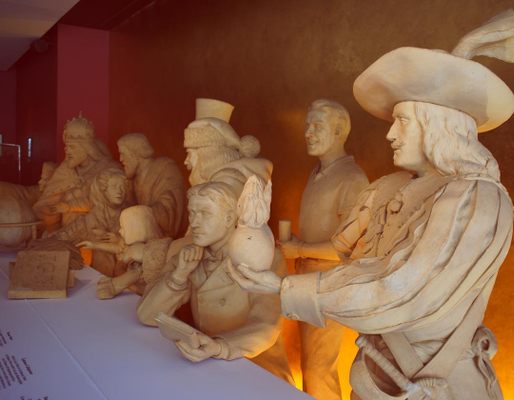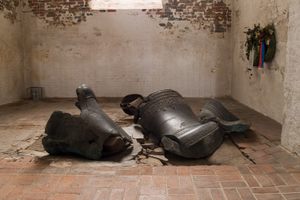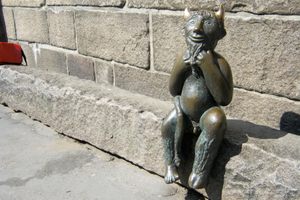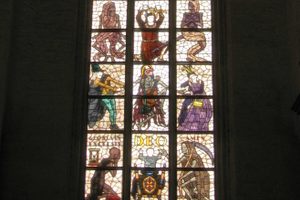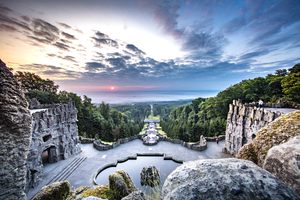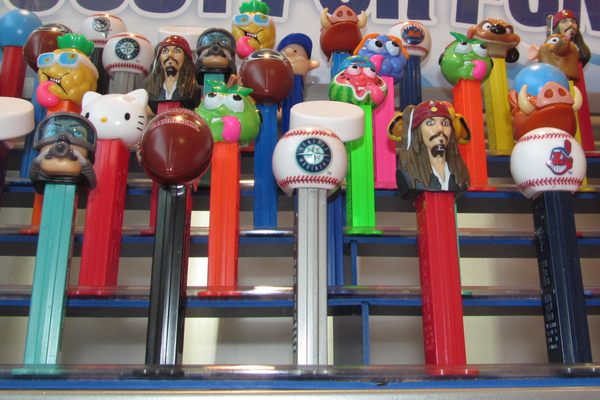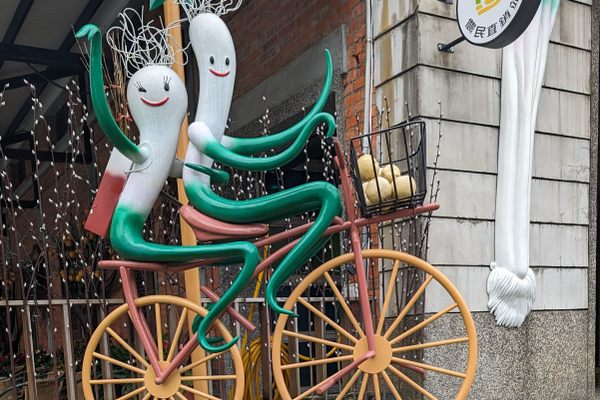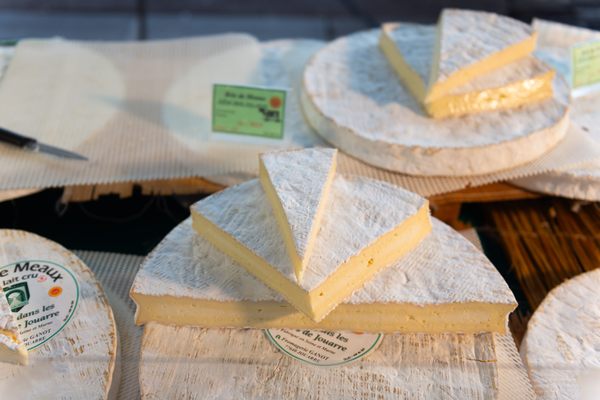About
Above Café Niederegger in Lübeck, Germany, the marzipan manufacturer operates a free museum that retraces the pathways of their signature product. Panels follow the nutty substance's invention in the Middle East to its present-day popularity in the northern German town along the Trave River. The gallery's most noteworthy exhibit, however, features a dozen famous figures connected to Lübeck and its prized confection, all immortalized as life-sized statues constructed from pure almond paste.
There are sculptures of figures such as Emperor Charles IV (who declared the German city one of the “five Glories” of the Holy Roman Empire in the 14th century) and Thomas Mann (the Lübeck-born author wrote of marzipan in his novel Buddenbrooks), each made using the company's original 1806 recipe. Though neither almonds nor sugar are native to Lübeck, its geographic posturing as a trade hub gave artisans access to the ingredients. Locals began producing their own marzipan in the 18th century, when sugar was a delicacy. Recipes dictated no more than 30:70 ratios of sugar-to-almond.
Almond paste only went mainstream when means to extract sugar from beets made the ingredient affordable in the 19th century. Prior to that, it had been a royal treat, often featured at banquets in grandiose sculptured displays. Despite the sudden abundance of sugar and widening consumer base, Lübeck's manufacturers stayed true to their almond-heavy techniques. This came to distinguish their products, which are less sweet than versions made in other parts of the world.
Niederegger opened its flagship location in 1806, nestled in Lübeck's Old Town alongside the town hall. The museum on the second story of the building details the company's history and explains its manufacturing process. After filling your head with marzipan trivia and art, you can fill your stomach with a plethora of marzipan cakes and confections downstairs.
Related Tags
Know Before You Go
The museum is free to visit and open from 9:00 a.m. to 7:00 p.m. during the week, 9:00 a.m. to 6:00 p.m. on Saturdays, and 10:00 a.m. to 6:00 p.m on Sundays.
Community Contributors
Added By
Published
May 1, 2019



